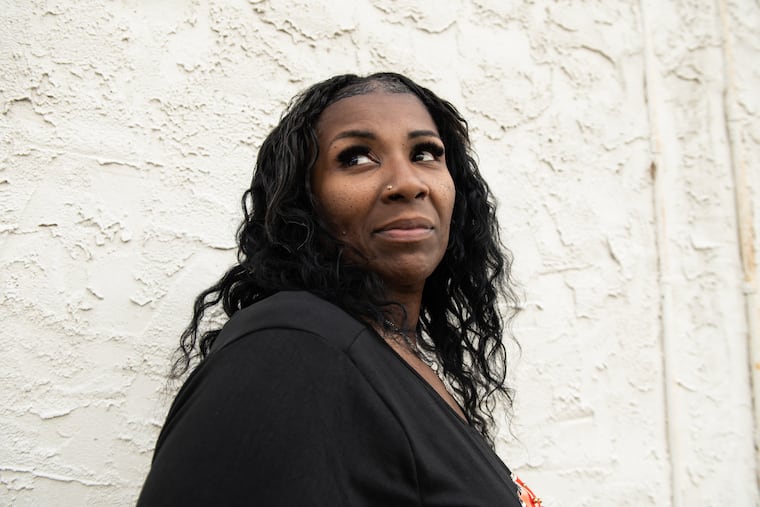6 takeaways from our analysis of the Philly area’s gender wage gap
Philadelphia has a smaller gender wage gap than much of the rest of the country. But that's mostly because wages are low for men and women alike.

Philadelphia has a smaller gender wage gap than much of the rest of the country. Women make 90% as much as men do in the city, compared with about 83% nationwide. But according to The Inquirer’s analysis of Census Bureau data, that’s mostly because wages in the city are low for men and women alike.
By contrast, suburbanites in the region make a lot more money – and have a much larger pay gap between men and women. In fact, that’s a trend that holds up across categories: The more money a group makes, the bigger the earnings gap between men and women.
» READ MORE: Philly has a fairly small gender pay gap. It looks like equity, but it’s really low wages.
Here are a few of the biggest takeaways.
1. Black residents are more equal, but poorer
Several systemic factors play a role in keeping Black wages down, including segregation, entrenched poverty, and under-resourced schools. Racism in the workplace and high incarceration rates among Black men also depress wages among Black residents, experts say.
The result: Black women in the region make as much as their male counterparts, but both groups make less than almost everyone else.
2. For some groups, the wage gap is growing
Across the region, white workers make the most money, although Asian workers have basically caught up to them. Hispanic and Latino workers make the least but are catching up to Black workers – whose wages are at best stagnant and potentially even declining.
But as Asian and Hispanic workers are getting richer, their wage gaps are growing: Asian men’s wages are growing faster than Asian women’s, and Hispanic men’s wages are growing faster than Hispanic women’s.
3. People make more in the suburbs. The gaps are wider there, too
Philly has a younger, less-educated population than the suburbs. Workers in the suburbs are older, more likely to have a college degree, and more likely to work jobs that pay more.
That gap is widest for Asian workers: In the city, they tend to be less educated and work lower-paying jobs, while suburban Asians and Asian Americans are more likely to be college-educated professionals.
4. As women get older, the wage gap grows
Men and women in the Philly region start off making similar pay, but the gap widens with age.
A major reason for that is that having children can slow a woman’s career progress due to breaks and inflexible workplaces, experts said. Women who can afford to are the most likely to leave the workforce for child-care responsibilities.
5. Gaps within occupations are small, but there are big gaps in who does what work
Experts say wages don’t differ much within the same job function and industry. But the kind of work done by people of different groups varies a lot. Notably, women have moved into many high-paying male-dominated jobs, but men haven’t made a similar move into female-dominated jobs, which tend to pay less.
Education, resources, role models, and socialization all shape job choice, and on average, the most predominantly female jobs still pay about 20% less than the most predominantly male jobs nationwide.
6. The gap can be narrowed
Experts said multiple changes are needed. Employers and industries need to attract and retain a more diverse workforce, reduce unnecessary qualifications, and promote more meritocratically.
Public policy also has a role. Multiple scholars said better paid leave and childcare provisions would help, while others pushed for higher minimum wage and more transparency in salary.